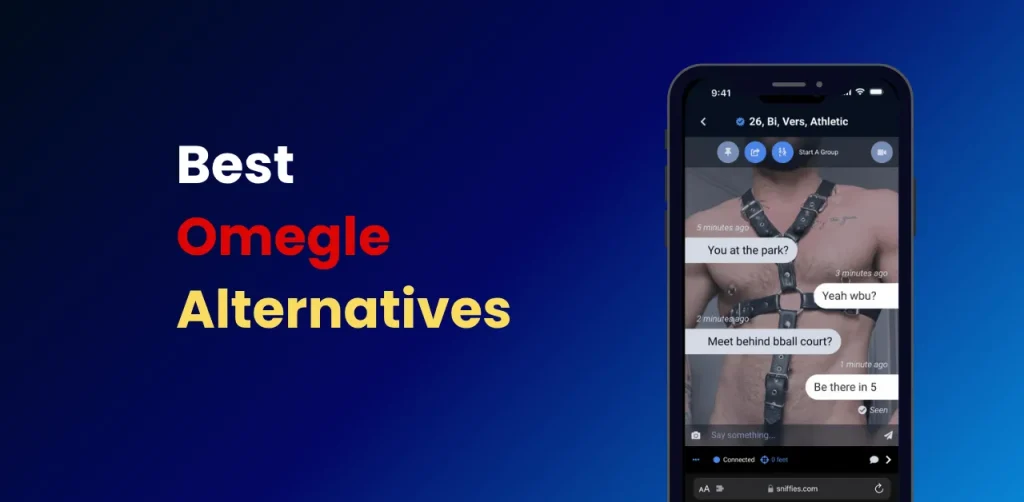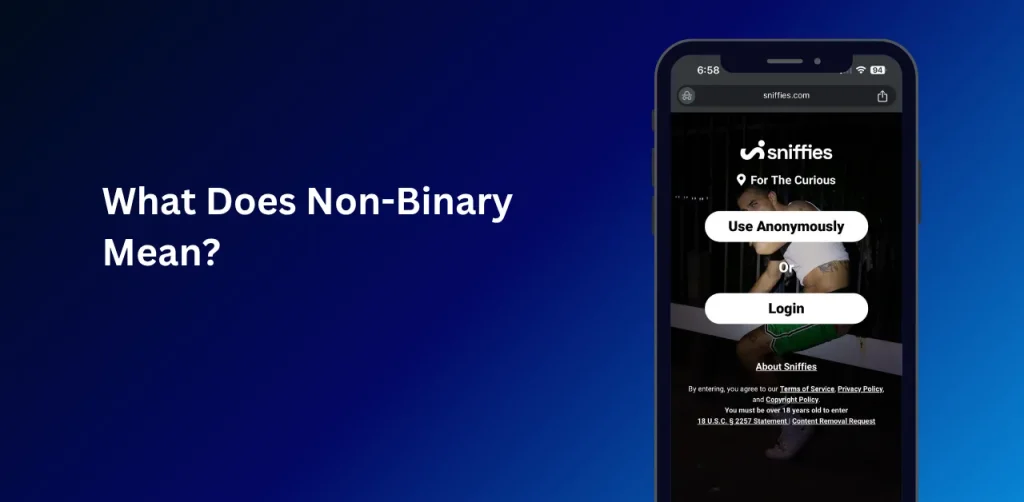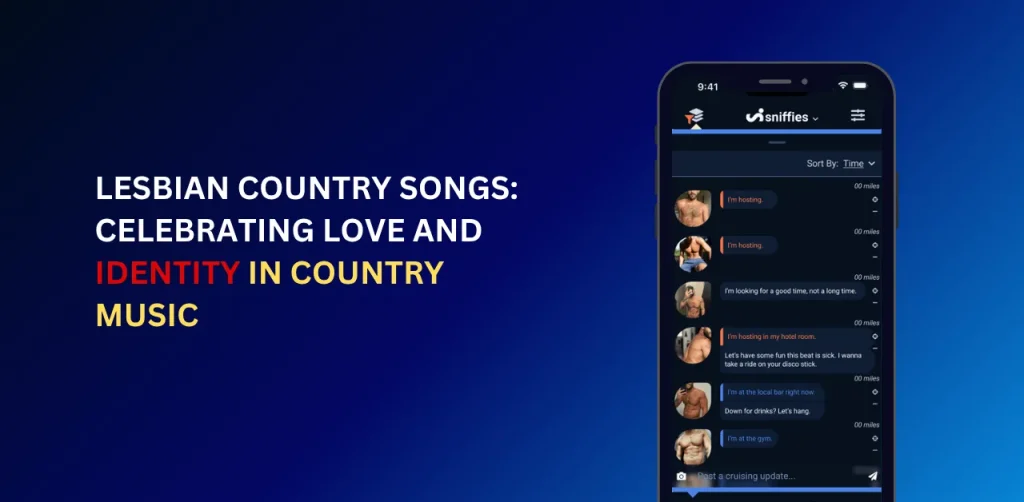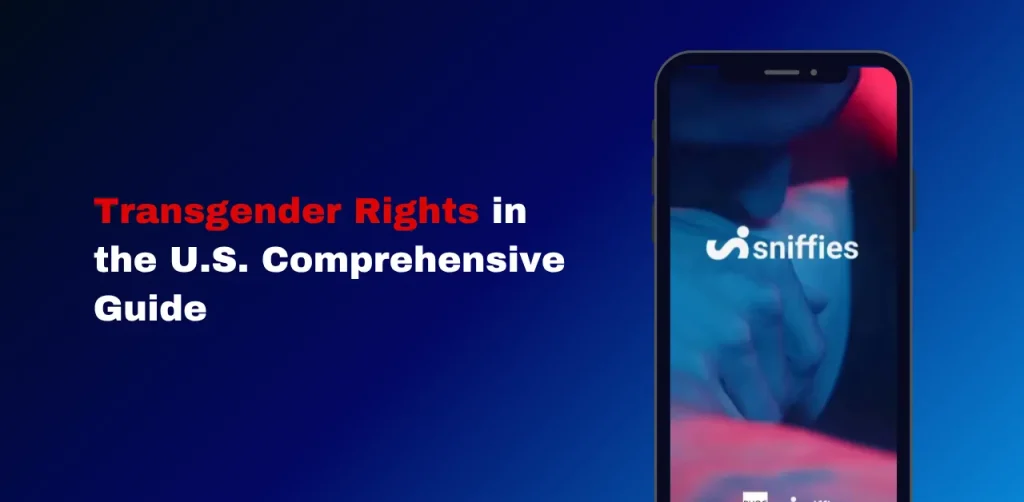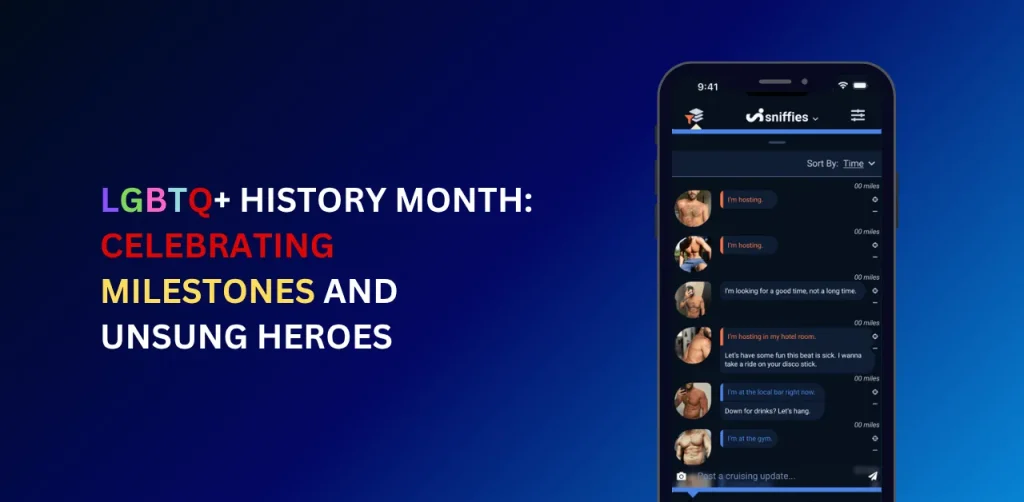Navigating The Nuances of LGBTQ+ Terminology
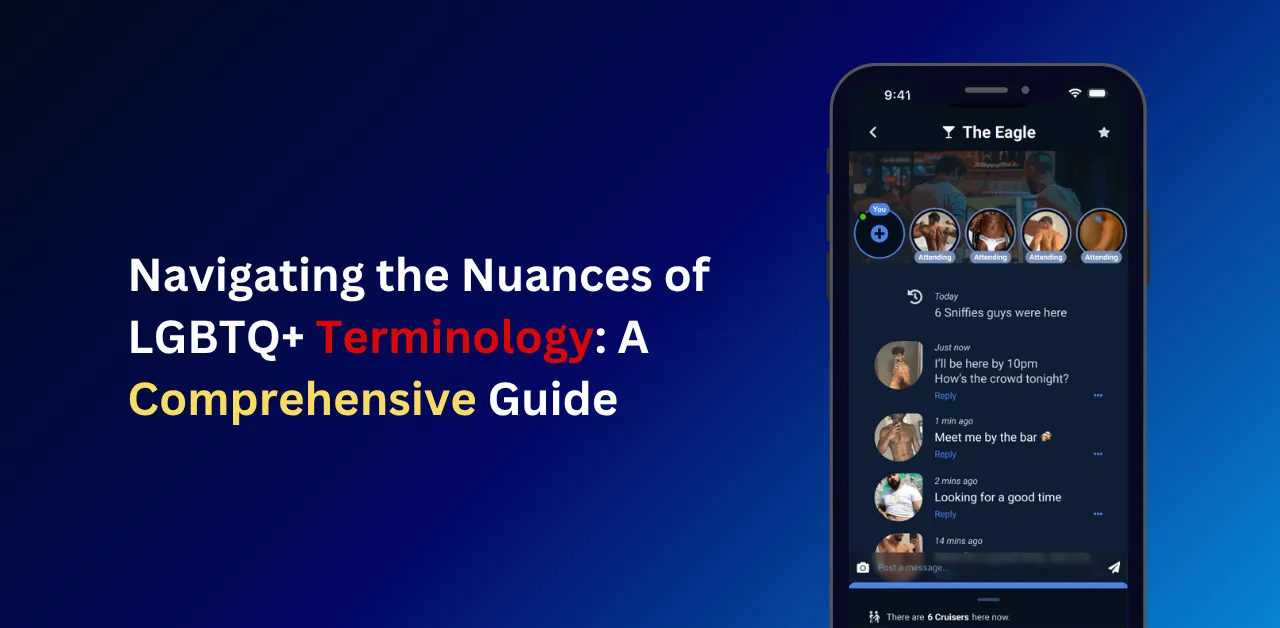
Understanding LGBTQ+ terminology is essential for fostering respectful and inclusive communication. Whether you’re a professional, educator, or ally, using accurate language shows respect and supports marginalized communities. This guide explores the nuances of LGBTQ+ terms, their meanings, and how to use them effectively. We’ll address common questions, clarify misconceptions, and provide actionable tips to ensure your communication aligns with modern standards of inclusivity.
Based on insights from top resources and organizations like the Human Rights Campaign and the Library of Congress, this article offers a clear, practical approach to navigating LGBTQ+ language. Let’s dive into the key terms and their significance.
Why LGBTQ+ Terminology Matters
Inclusive language validates identities, reduces harm, and promotes equality. Misusing terms or relying on outdated language can alienate individuals or perpetuate stereotypes. For example, a 2021 study by the Movement Advancement Project found that accurate terminology in healthcare settings improved patient trust by 30%. Using the right words isn’t just polite—it’s impactful.
Key reasons to prioritize inclusive language:
- Builds Trust: Respectful terms create safe spaces for LGBTQ+ individuals.
- Reduces Harm: Avoiding outdated or offensive terms prevents unintentional harm.
- Reflects Evolving Culture: Language evolves with societal understanding of gender and sexuality.
- Supports Advocacy: Proper terminology strengthens allyship and policy efforts.
For more on creating inclusive environments, check out our article on building inclusive communities.
Core LGBTQ+ Terms and Definitions
Below is a concise glossary of essential LGBTQ+ terms, drawn from authoritative sources like the Human Rights Campaign and the Annie E. Casey Foundation. Each term is explained clearly to ensure accessibility.
Sexual Orientation
- Lesbian: A woman or non-binary person emotionally, romantically, or sexually attracted to other women.
- Gay: A person attracted to individuals of the same gender, often used for men but inclusive of others.
- Bisexual: Someone attracted to more than one gender, not limited to male or female.
- Pansexual: Attraction to people regardless of gender identity or expression.
- Asexual: A person who experiences little to no sexual attraction, existing on a spectrum.
Gender Identity
- Transgender: Someone whose gender identity differs from the sex assigned at birth.
- Cisgender: A person whose gender identity aligns with the sex assigned at birth.
- Non-Binary: An individual who identifies outside the male/female binary, potentially as both, neither, or fluid.
- Genderqueer: A term for those who reject traditional gender categories or embrace fluid identities.
- Agender: A person who identifies as having no gender or being gender-neutral.
Additional Key Terms
- Queer: An umbrella term for non-heterosexual or non-cisgender identities, reclaimed from its historical use as a slur.
- Intersex: Individuals born with physical traits (e.g., chromosomes, anatomy) that don’t fit typical male or female definitions.
- Questioning: Someone exploring their sexual orientation or gender identity, often used by youth.
For a deeper dive into gender identity, read our article on understanding gender fluidity.
Common Misconceptions and Terms to Avoid
Missteps in terminology can harm relationships or credibility. Here are common pitfalls and how to avoid them:
- Outdated Terms: Words like “homosexual” are outdated and carry clinical connotations. Use “gay” or “lesbian” instead.
- Misgendering: Assuming pronouns or using incorrect ones can invalidate someone’s identity. Always ask for pronouns when appropriate.
- Overgeneralizing: Avoid lumping all LGBTQ+ identities under one term (e.g., “gay” for all non-heterosexual people).
- Inappropriate Questions: Asking about someone’s transition or personal identity without consent is intrusive.
Tip: When unsure, ask respectfully or use gender-neutral language like “they/them” until clarified.
Best Practices for Using LGBTQ+ Terminology
To communicate inclusively, follow these actionable tips:
- Listen and Respect Self-Identification: Always prioritize how individuals describe themselves. For example, if someone identifies as non-binary, use their preferred pronouns.
- Stay Updated: Language evolves. Resources like the Human Rights Campaign’s Glossary offer current definitions.
- Use Inclusive Acronyms: “LGBTQ+” is widely accepted, but be aware that some communities prefer specific terms like “same-gender loving.”
- Avoid Assumptions: Don’t assume someone’s identity based on appearance or behavior. Ask open-ended questions if appropriate.
- Educate Yourself Continuously: Attend workshops or read resources from organizations like the National LGBT Health Education Center.
For practical tips on allyship, see our guide on effective LGBTQ+ allyship.
Challenges in LGBTQ+ Terminology
Navigating LGBTQ+ language can be complex due to:
- Cultural Differences: Terms like “LGBTQ+” are U.S.-centric and may not apply globally.
- Evolving Language: New terms emerge as societal understanding grows, requiring ongoing education.
- Context Sensitivity: Some terms (e.g., “queer”) vary in acceptability based on the speaker and audience.
A 2020 study by PinkNews noted that 30% of UK adults felt uninformed about LGBTQ+ terms, highlighting the need for accessible resources.
How to Foster Inclusivity Through Language
Using LGBTQ+ terminology effectively goes beyond memorizing definitions. Here’s how to apply it in real-world settings:
- In Professional Settings: Update forms to include gender-neutral options and train staff on inclusive language. For example, healthcare providers can adopt terms from the National LGBT Health Education Center.
- In Education: Schools can integrate LGBTQ+ terminology into curricula to reduce stigma. Learn more in our article on LGBTQ+ inclusion in education.
- In Everyday Life: Normalize sharing pronouns in introductions (e.g., “Hi, I’m Alex, and I use they/them pronouns”) to create inclusive spaces.
What does LGBTQ+ stand for?
Lesbian, Gay, Bisexual, Transgender, Queer, and more identities.
What does LGBTQ+ stand for?
They affirm identity and show respect.
What’s the difference between bisexual and pansexual?
Bisexual means attraction to multiple genders; pansexual means all genders.
Take Action with Inclusive Language
LGBTQ+ terminology evolves fast. Use it to show respect and build community. Ask, listen, and learn. let’s make every space inclusive. Share your tips on X with #LGBTQTerms and check out queer youth advocacy. Let’s keep the conversation going! 🌟
Looking for more helpful info? Read our latest Articles on Mental Health in the LGBTQ+ Community & Evolving Landscape of LGBTQ+ Rights & Legislation

